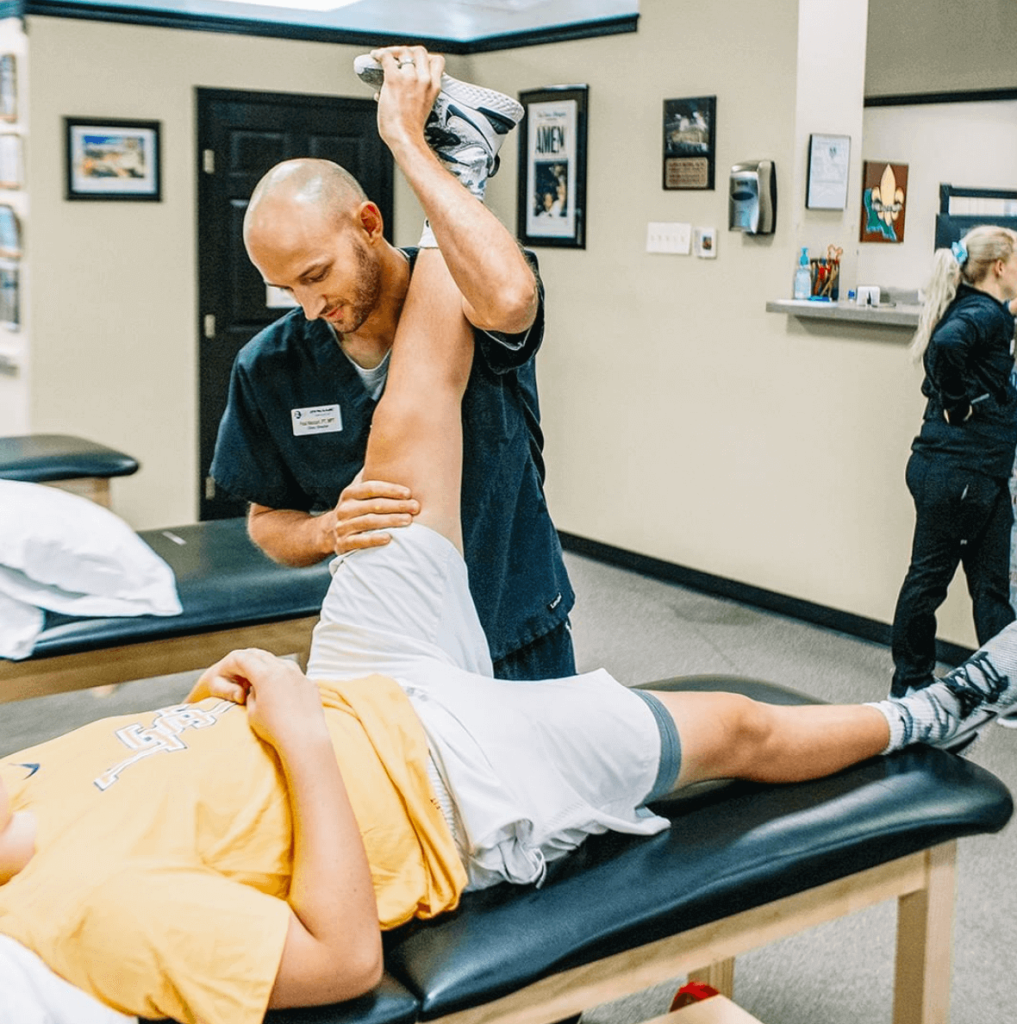News
Physical Therapy Can Significantly Improve Outcomes After Hip Surgery

Introduction to Hip Arthroscopy and Femoroacetabular Impingement
Femoroacetabular impingement (FAI), or hip impingement, is a condition in which the ball and socket of the hip don't fit together properly. This causes the bones to rub against each other during movement, which can lead to pain and limited hip motion. Although non–surgical interventions like physical therapy are typically recommended for patients with FAI, some eventually decide to have hip surgery if their condition does not improve. Hip arthroscopy is a surgical procedure that uses small incisions to diagnose and treat problems of the hip, and it is frequently performed on patients with FAI.
Importance of Physical Therapy After Surgery
Following hip arthroscopy for FAI, physical therapy is essential for ensuring that patients will have a successful recovery. In the immediate aftermath of surgery, it helps patients regain the strength, flexibility, and function of their hip needed to return to normal activities. A recently published research paper investigated how different durations of physical therapy affect recovery using different measures, including the Lower Extremity Functional Scale (LEFS), a questionnaire about a patient's ability to perform everyday tasks.
Duration of Physical Therapy: Key Findings
The study included patients who underwent hip arthroscopy and had at least two years of follow–up. These patients were evaluated based on how many sessions of physical therapy they completed. The key findings were as follows:
- Initial Recovery (0–13 sessions): The first 13 sessions were associated with the highest improvements in LEFS scores, which indicates significant gains in hip function and mobility.
- Moderate Recovery (14–27 sessions): Improvements continued, but at a slower rate compared to the initial sessions.
- Extended Recovery (28–40 sessions): Benefits from physical therapy continued, but were less significant.
Best Outcomes Based on Physical Therapy Duration
These results suggest that all amounts of physical therapy led to substantial improvements in hip function and mobility, but the greatest benefits occurred over the first 13 sessions of therapy. Results also indicated that patients who were discharged from physical therapy within 3–6 months reported better hip outcome scores and satisfaction with their treatment compared to those who had shorter or longer physical therapy durations.
Practical Takeaways
If you're planning to undergo hip arthroscopy for FAI, here are some practical tips to consider based on these findings:
- Commit to Early Physical Therapy: The first few months of physical therapy are crucial for helping you achieve an optimal recovery.
- Aim for 3–6 Months of Physical Therapy: Completing physical therapy within this timeframe appears to result in the best long–term outcomes.
- Monitor Progress: Regularly check in with your physical therapist to adjust your physical therapy plan as needed and ensure your recovery is on track.
For more details on this study, click here.
Call to Action
If you're scheduled for an upcoming hip arthroscopy procedure, physical therapy can make a significant difference in helping you return to your normal physical activity levels. To learn more about how physical therapy can help you recover from hip surgery and improve your quality of life in the process, contact us today.
Disclaimer:
The information in the articles, posts, and newsfeed is intended for informational and educational purposes only and in no way should be taken to be the provision or practice of physical therapy, medical, or professional healthcare advice or services. The information should not be considered complete or exhaustive and should not be used for diagnostic or treatment purposes without first consulting with your physical therapist, occupational therapist, physician or other healthcare provider. The owners of this website accept no responsibility for the misuse of information contained within this website.


